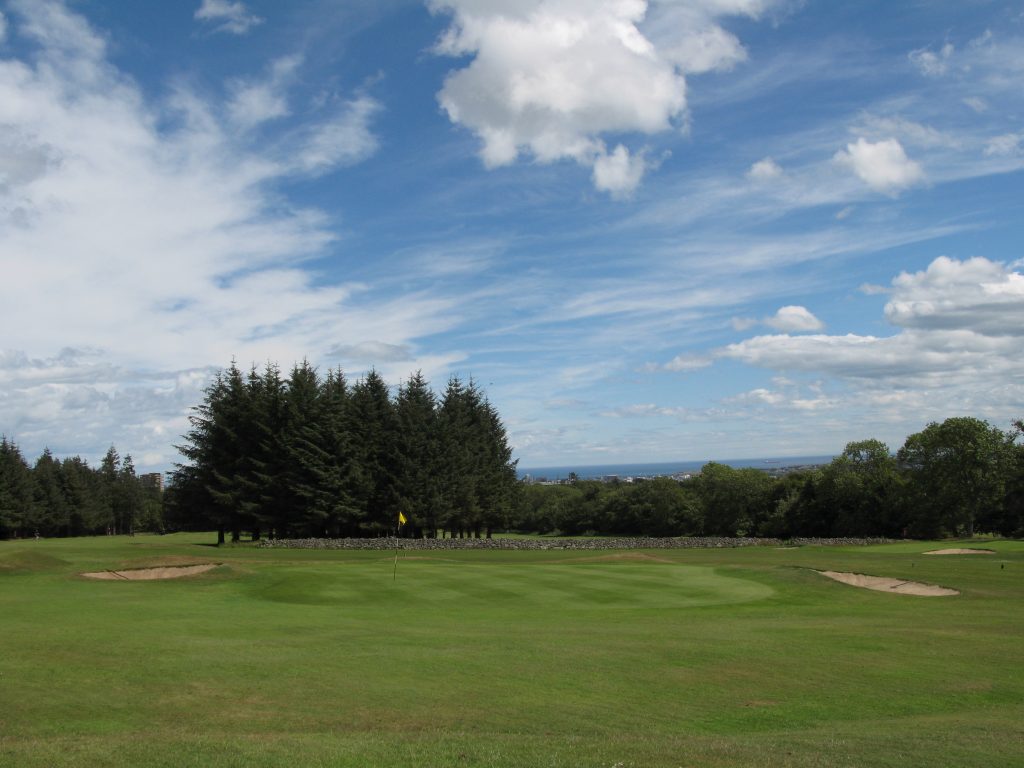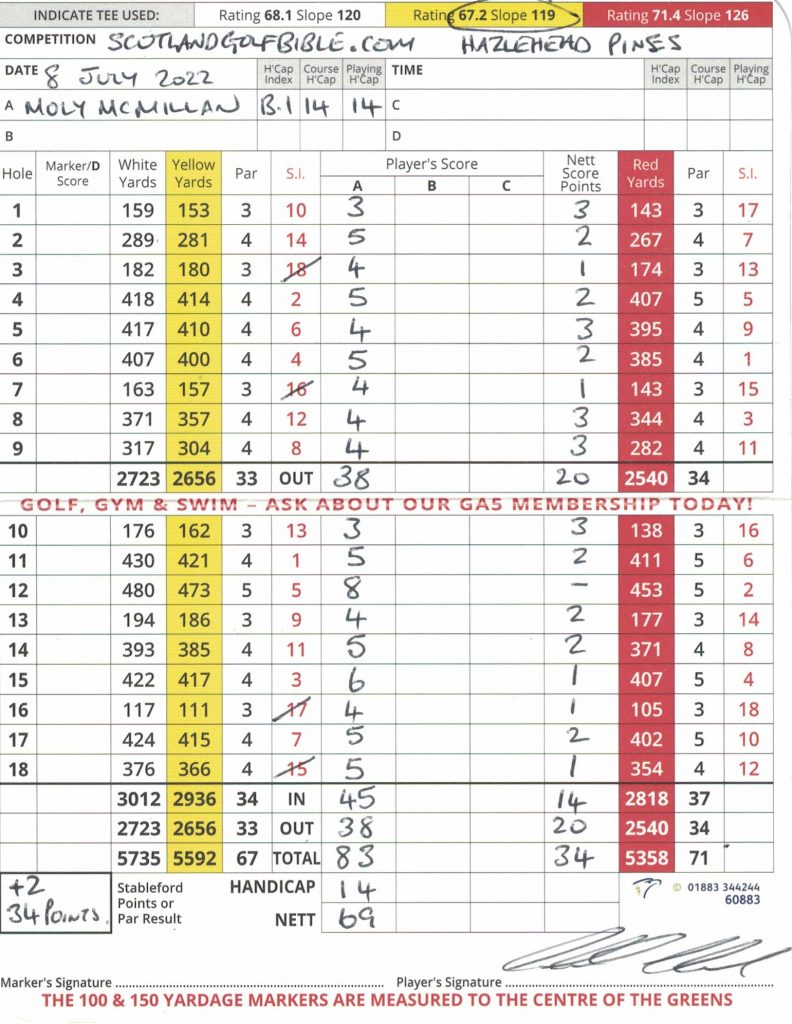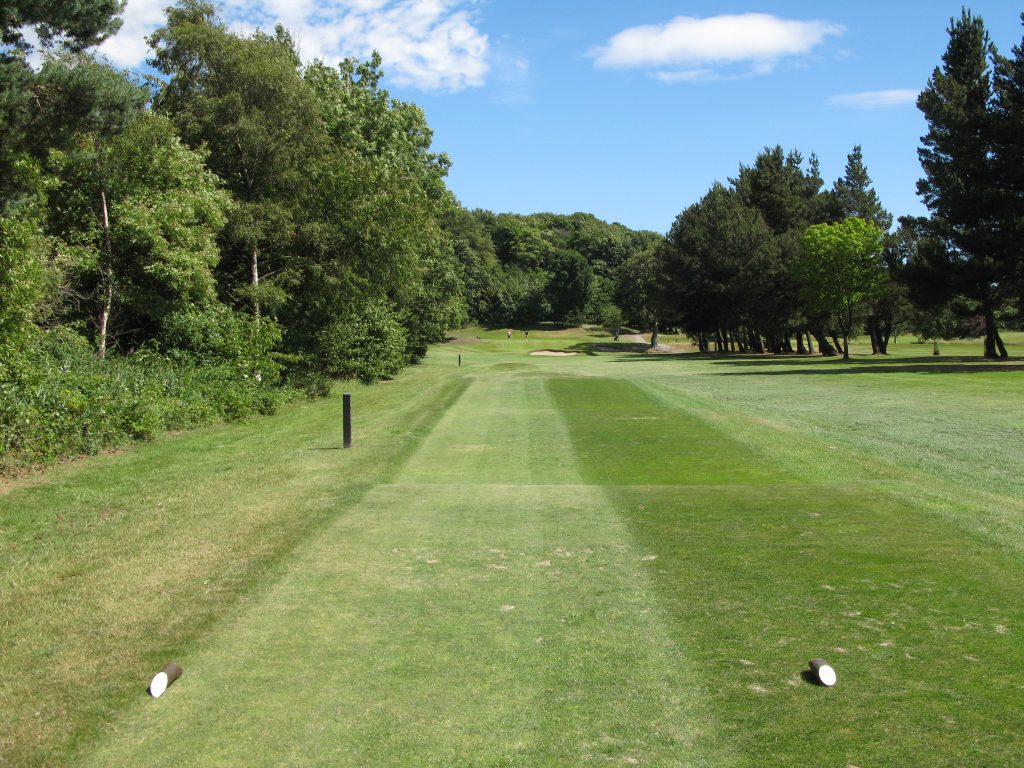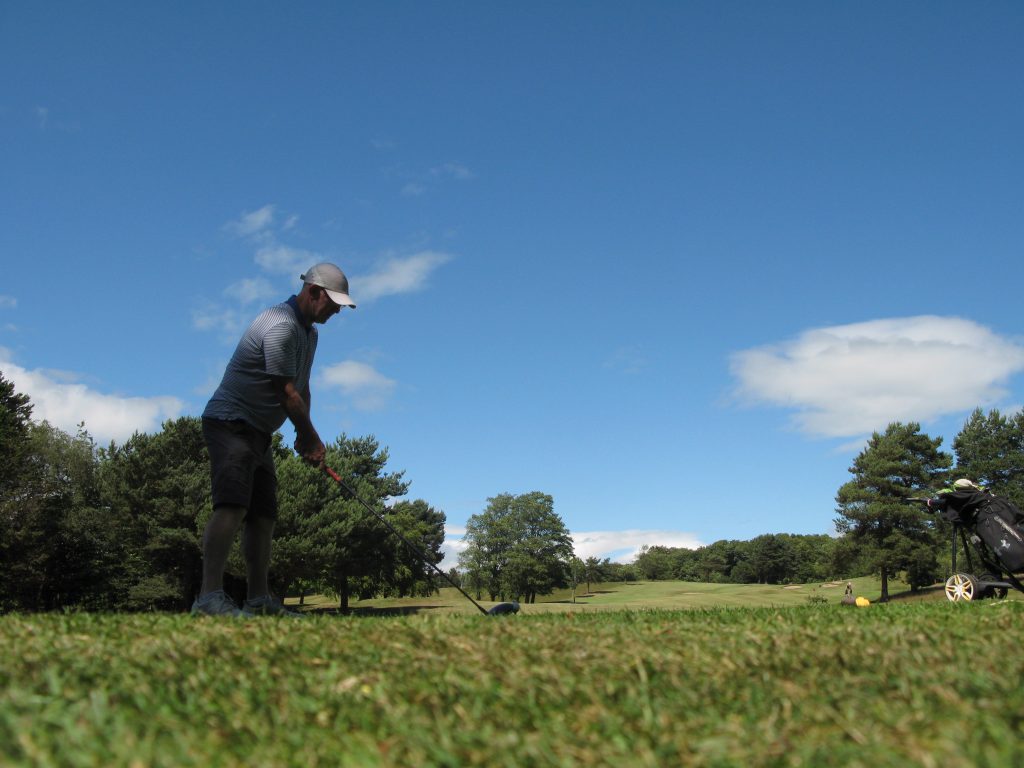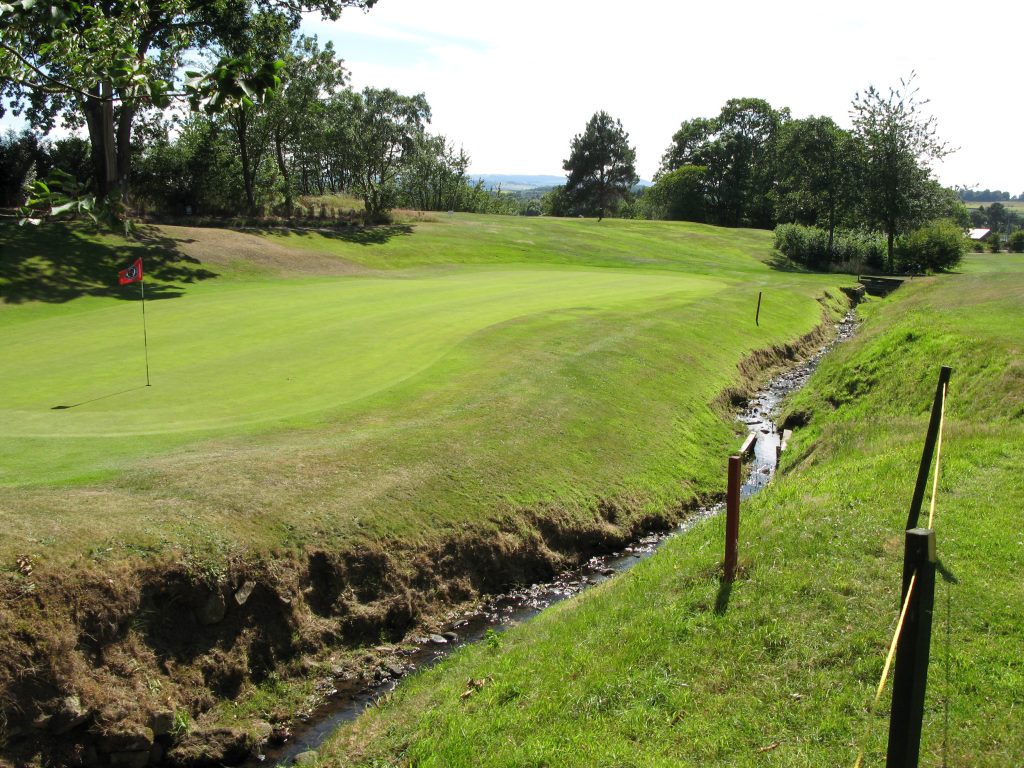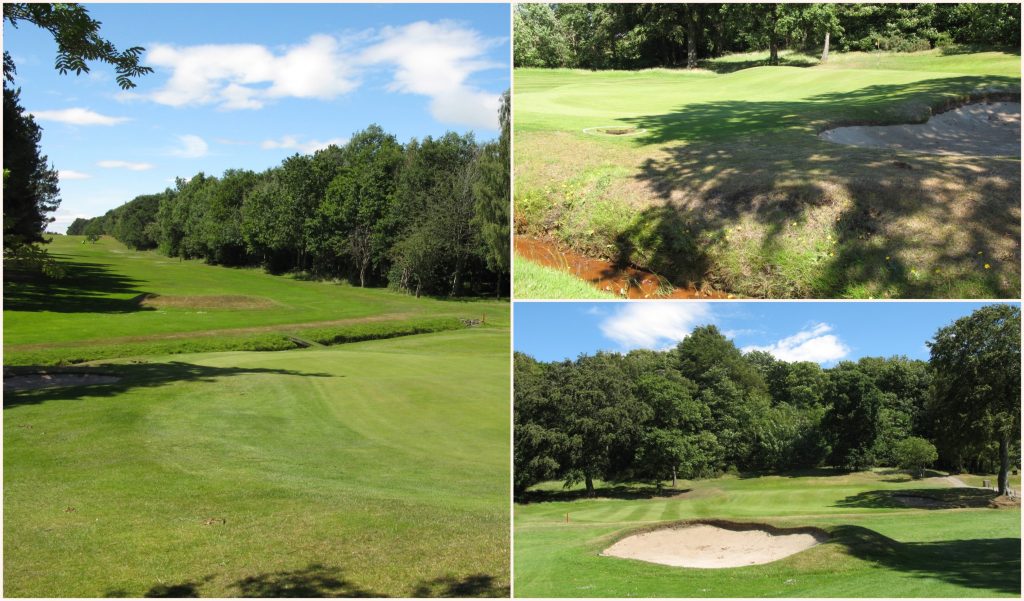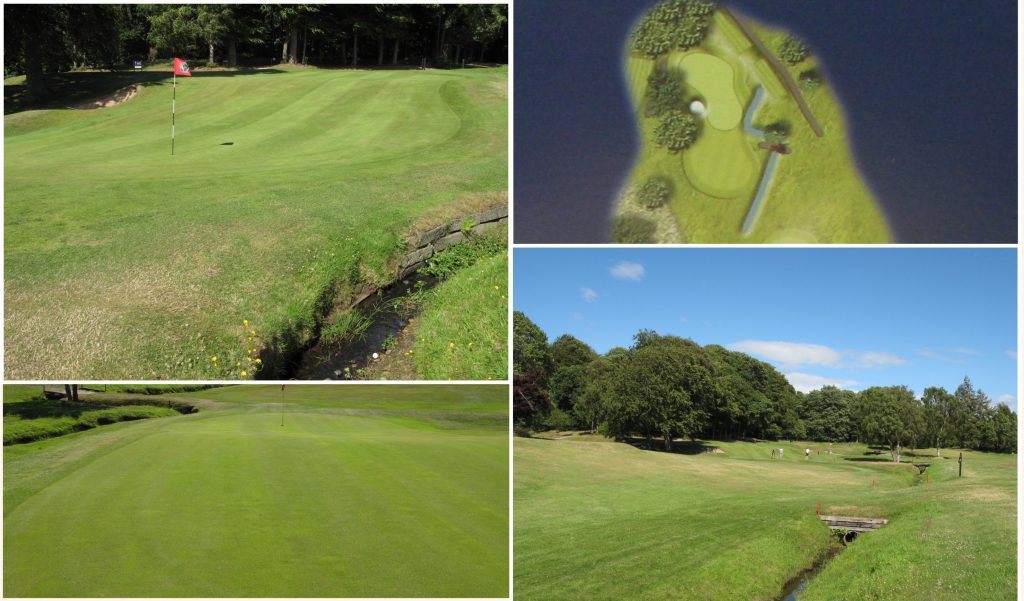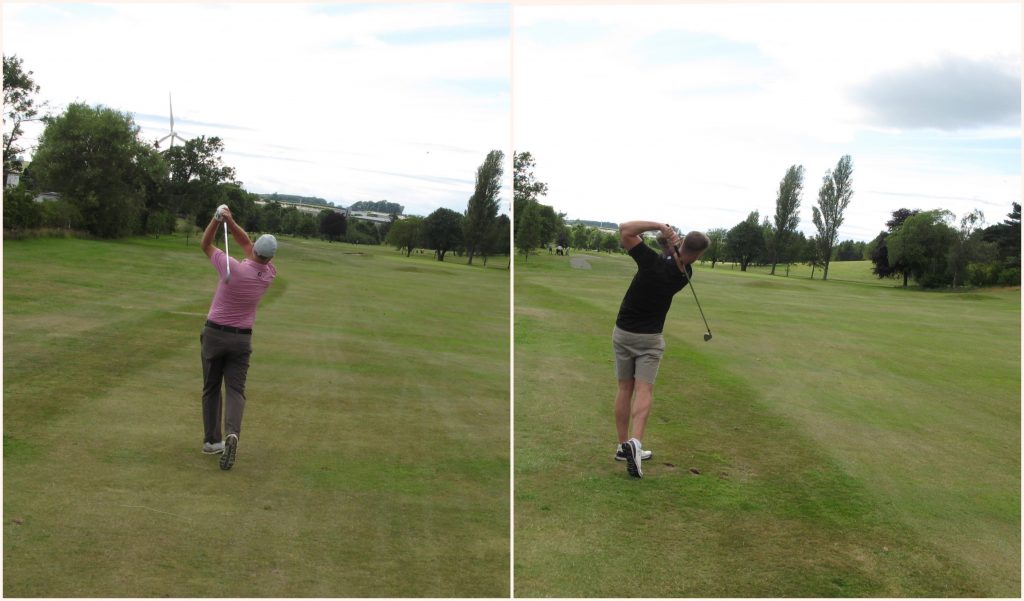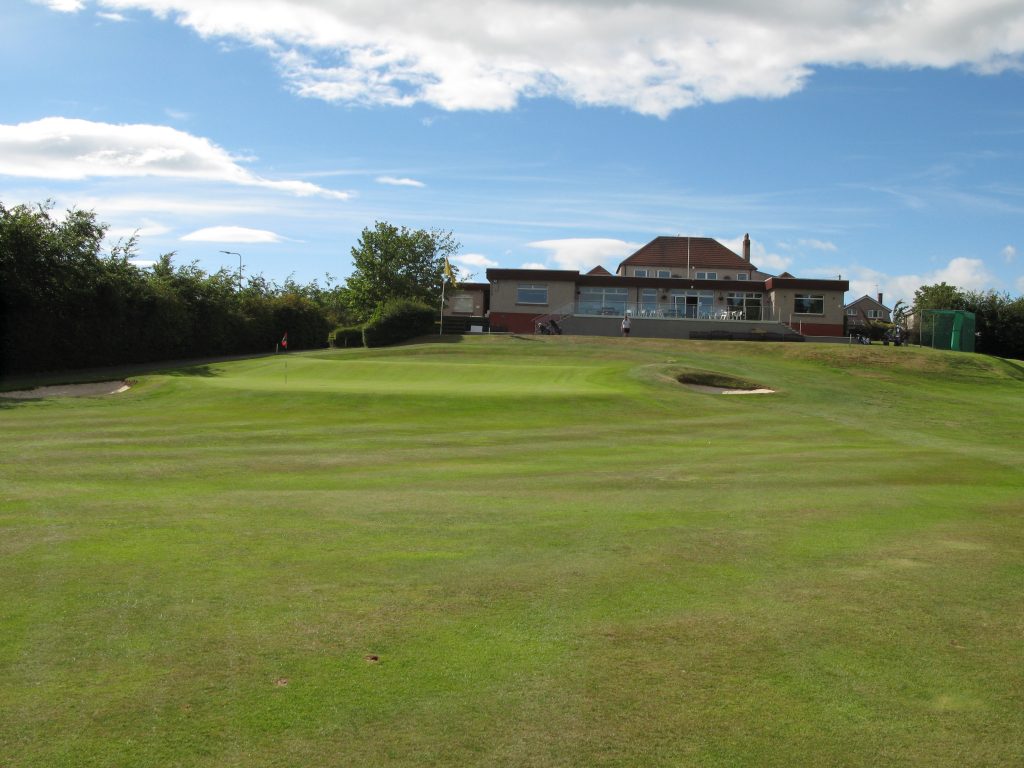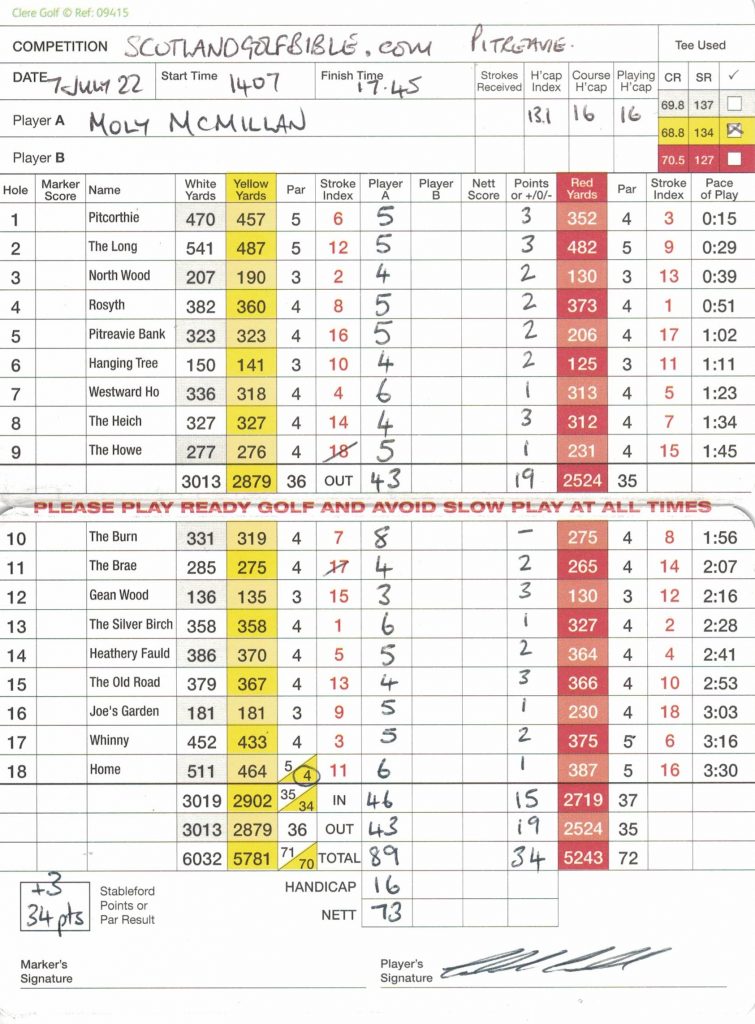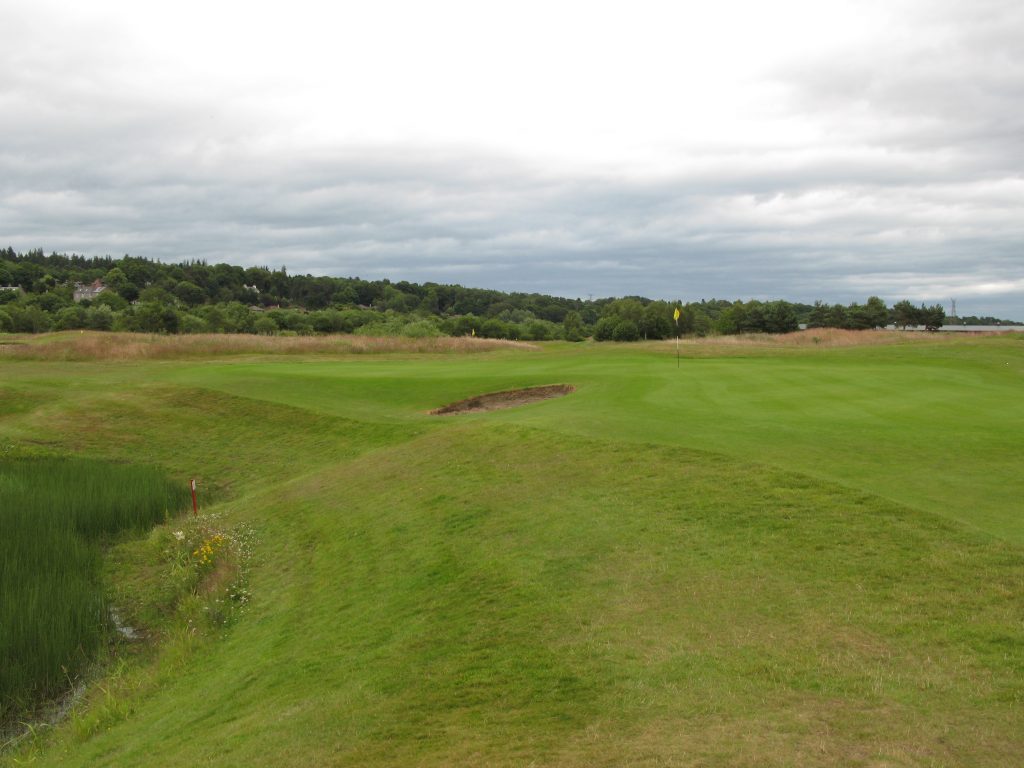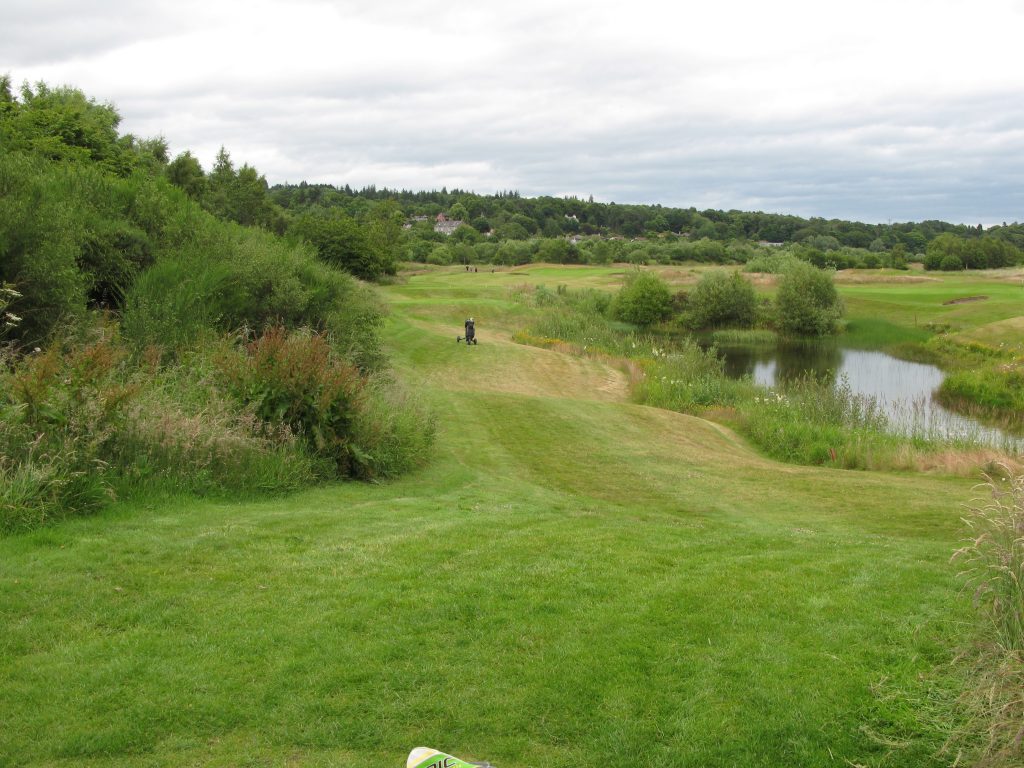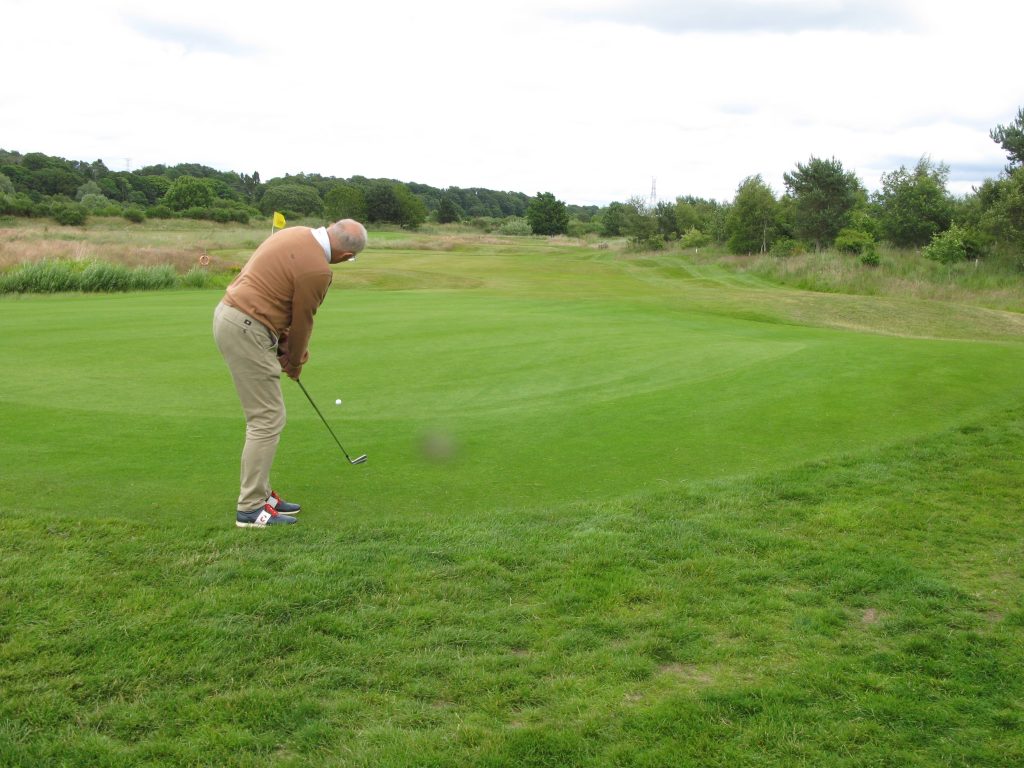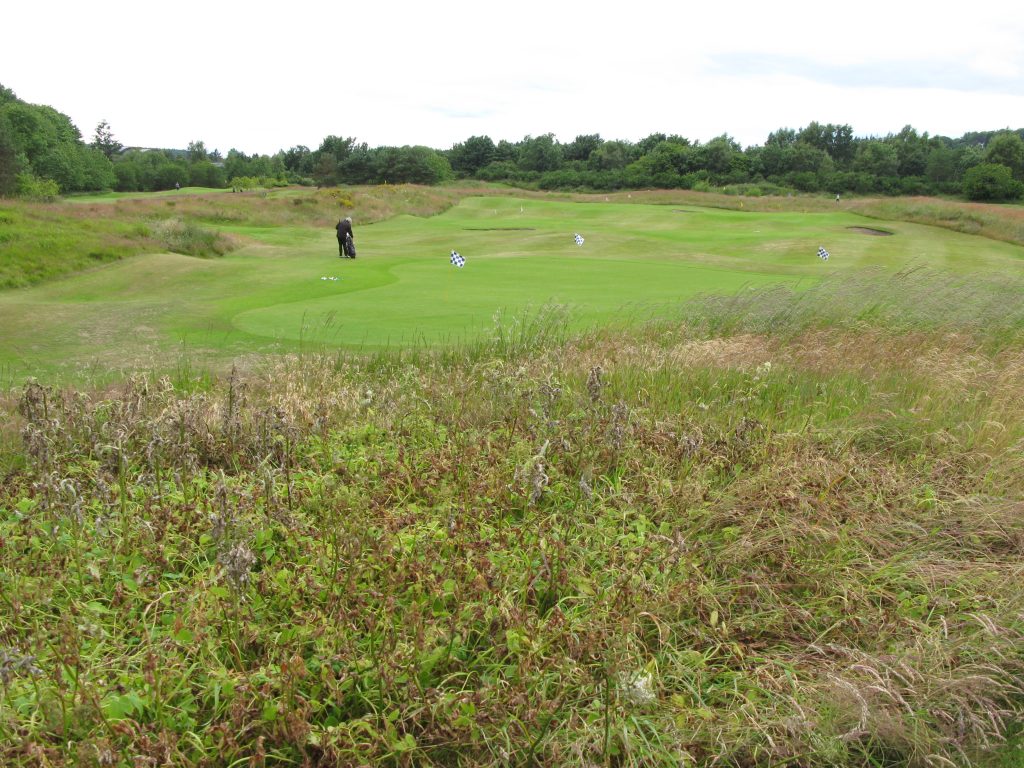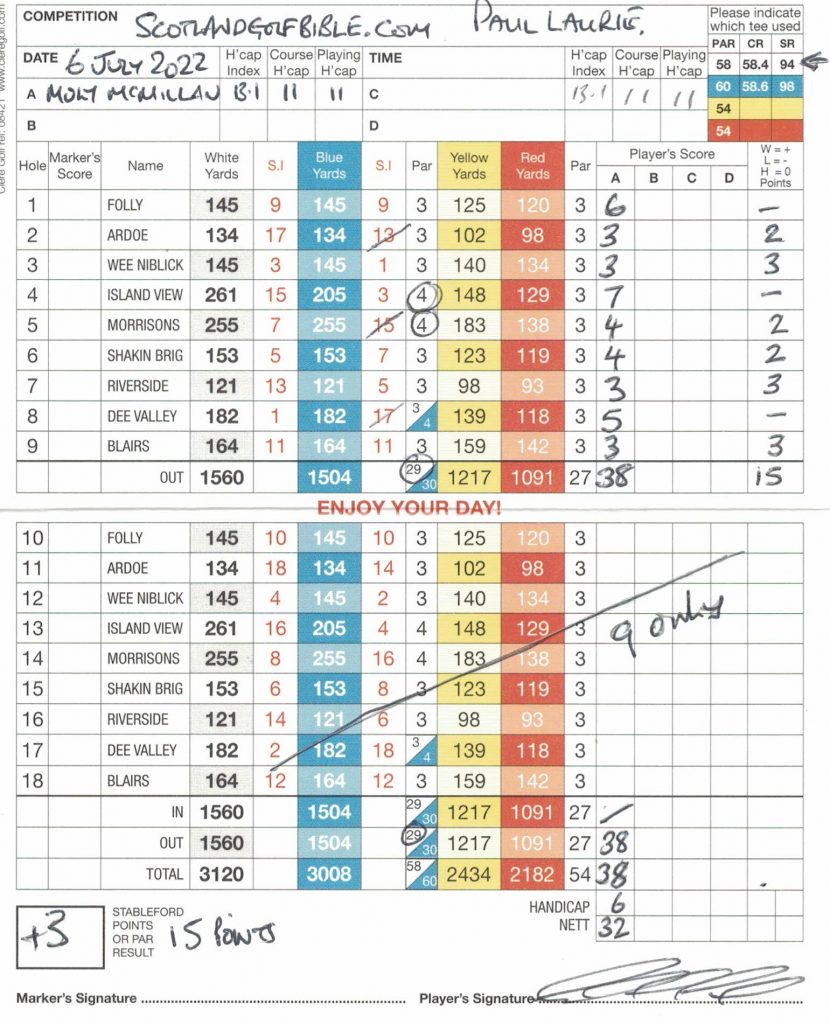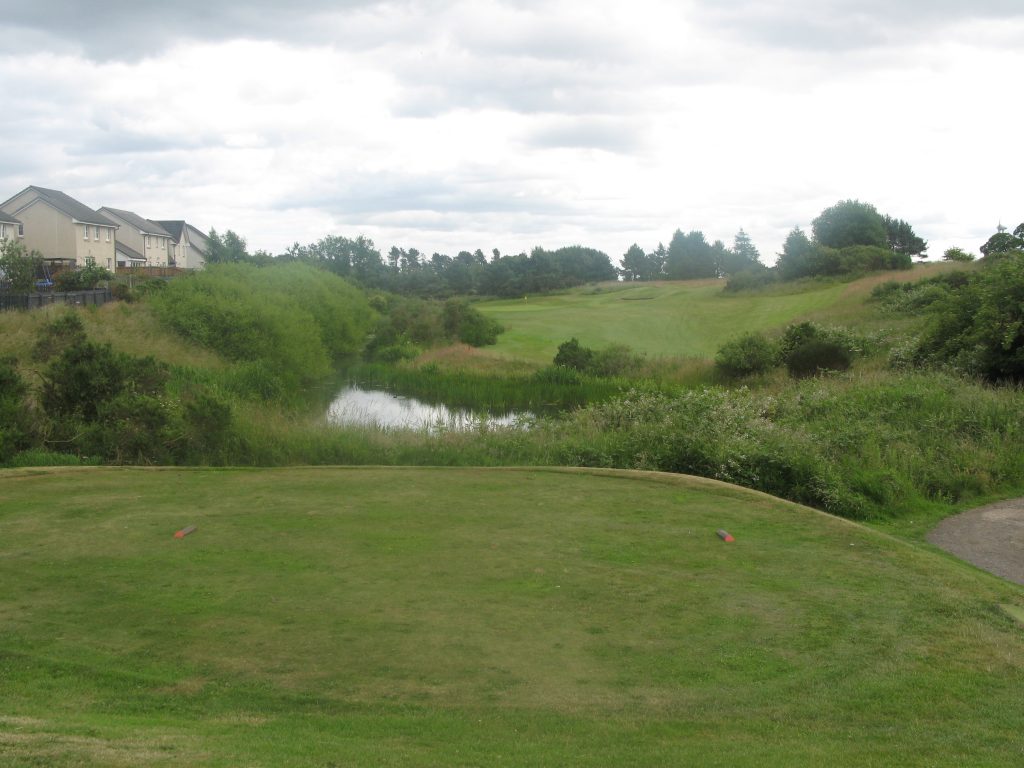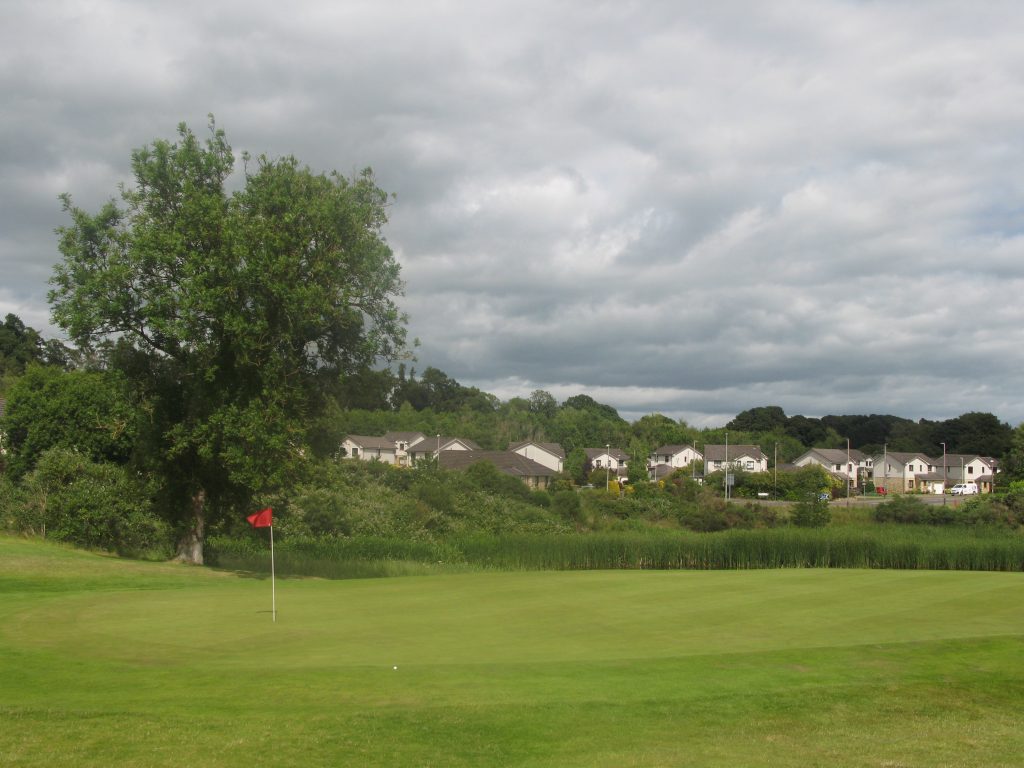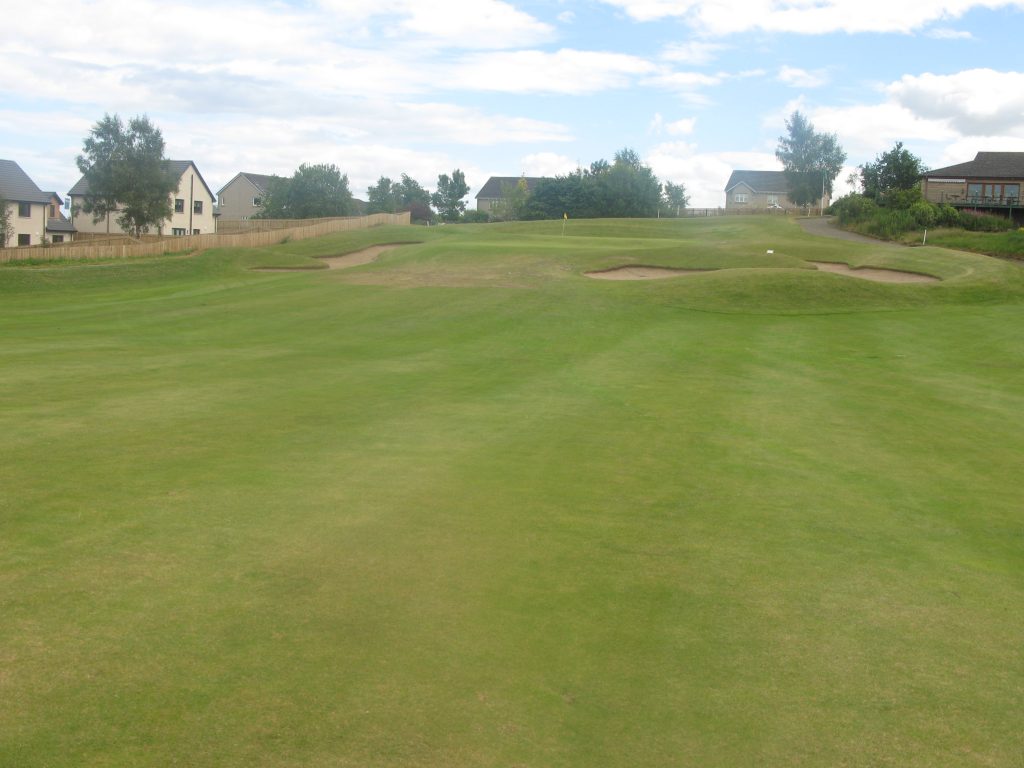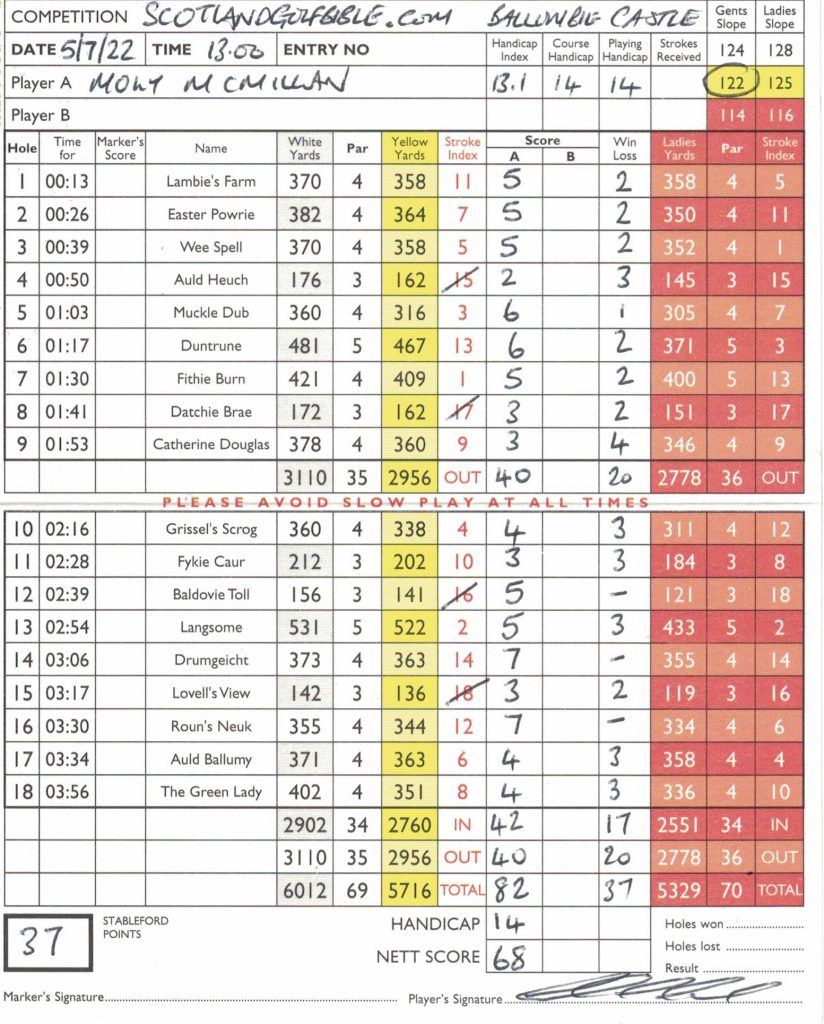Decent course that highlights beautiful municipal pricing.
Round £27. Par 67. Course Rating / Slope Rating (yellow) 67.2/119. Value (out of 5) – 3.5
Sport Aberdeen is the local council’s vehicle for publicly funded sport, with its golf offer being managed under ‘Golf Aberdeen’. They manage 5 courses in total, with three of them ( two 18 holes and one 9 hole course) being at Hazelhead Park in the west of the city. The other two courses not at Hazelhead Park are Balnagask and Kings Links.
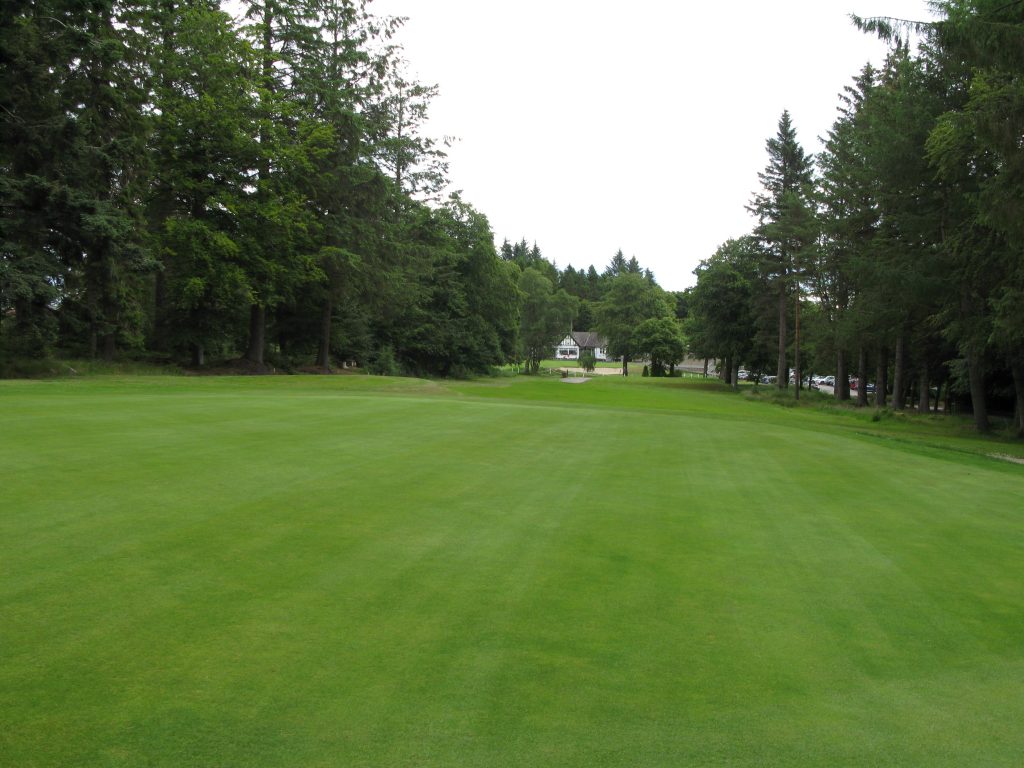
All Golf Aberdeen 18 hole courses are priced at £27 for an individual round; albeit I was able to access Hazelhead Pines for only £22, through the Golfnow app.
The Pines course was originally a 9 hole course, but extended to 18 holes in the 1970s; it was designed by the golf architect Roger Dyer with the well known golfers Brian Hugget and Neil Coles. The three also designed other courses, including nearby Auchmill.
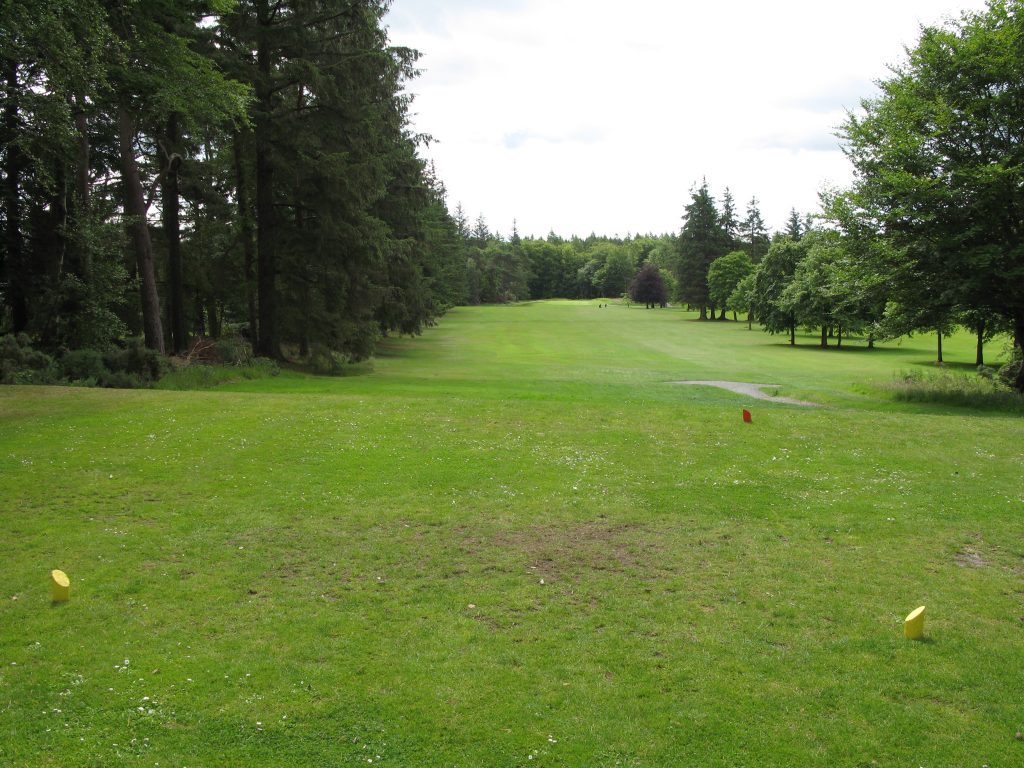
The best value option at Hazelhead Park, if your body can cope, is to pay the day rate of only £37, for which you can play all three of the park’s courses, which includes their “Jewel in the crown” – the MacKenzie Championship course. That being Dr Alister Mackenzie, one of the most pre-eminent golfing architects of all time, whose credits include Cypress Point, the West Course at Royal Melbourne and Augusta National.
This highlights a pricing anomaly. The Pines course is a nice, but pretty basic layout. Fairly short, with generous fairways that have few bunkers, a number of the holes are unmemorable. The greens are good and some are well bunkered. Other than the teeing grounds, the course was in good condition and the price tag represents decent value. The Hazelhead Park MacKenzie course on the other hand, deserves its “championship” label – a much more sophisticated track, by one of the worlds greatest architects, could attract a much higher price than The Pines. But one could argue that providing both courses at the same price, is the hallmark of good municipal golfing management.
One of the delights in playing Hazelhead Pines, was meeting up with fellow “Scottish Golf bagger” Gary Fleming, a member of Dullatur GC in Glasgow. Gary, a similar standard golfer to me, had played over 400 Scottish courses, and I was keen to pick his brains for any tips about value and planning. He had played in many Open competitions, winning a few of them – well done Gary and good luck with completing them all.
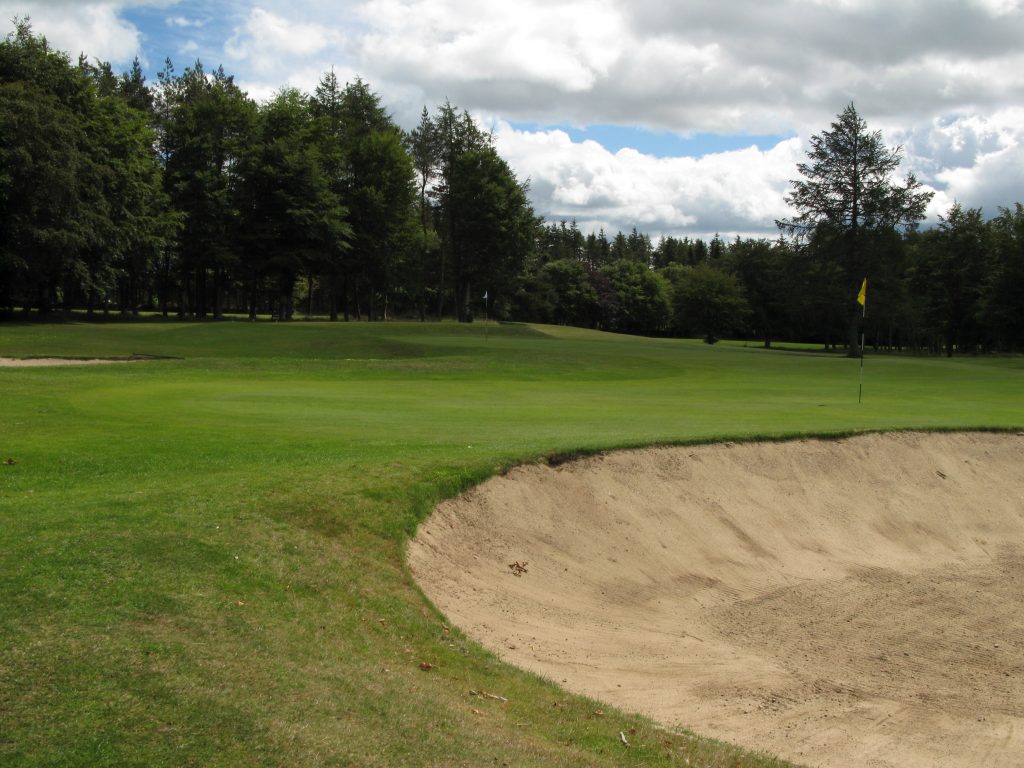
Perhaps inspired by Gary, I played well, shooting 83, just 2 over net. Admittedly, the course actually played much easier than the excellent flyover videos available on the Sport Aberdeen website here would suggest – it’s not nearly as tight as it looks. In that regard the slope rating at 119 for the yellow tees feels a little high.
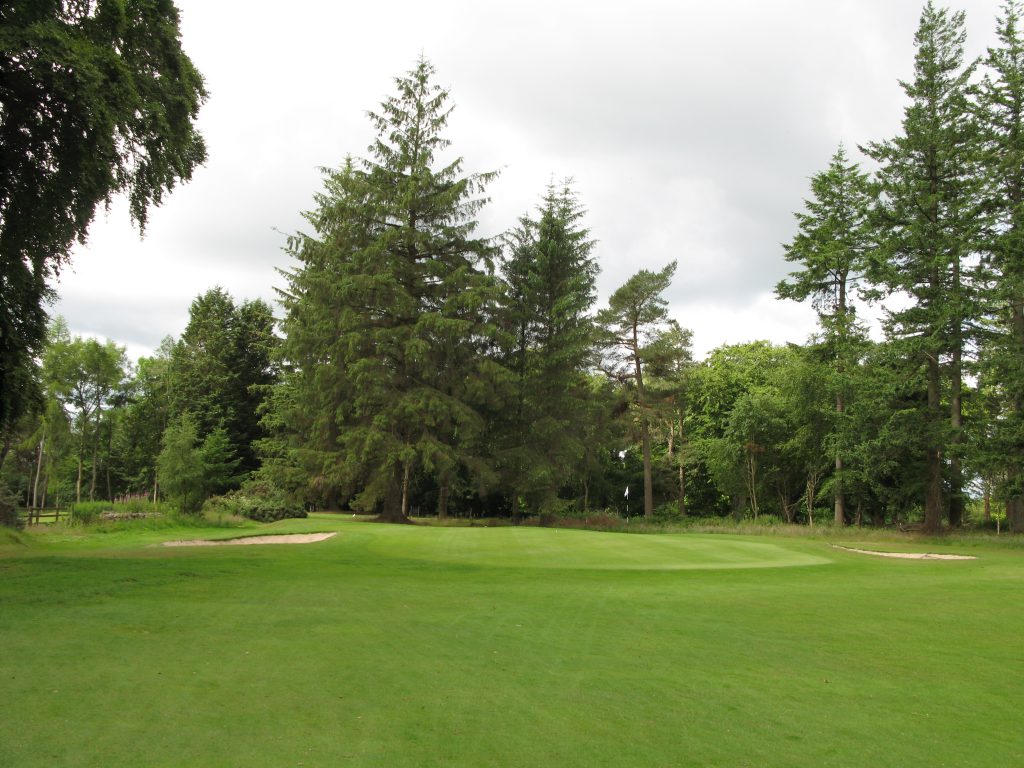
It’s worth playing the Pines course, but if you can I suggest playing both on the same day for greatest value. That was what Gary did – he planned better than me!
Facts:
Course Type: Parkland
Par 67 (1 par 5s, 11 par 4s, 6 par 3s)
Distance (yellow): 5592 yards
Moly’s Gross score: 83
